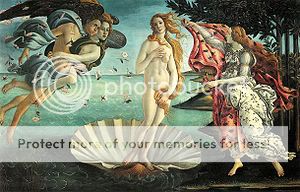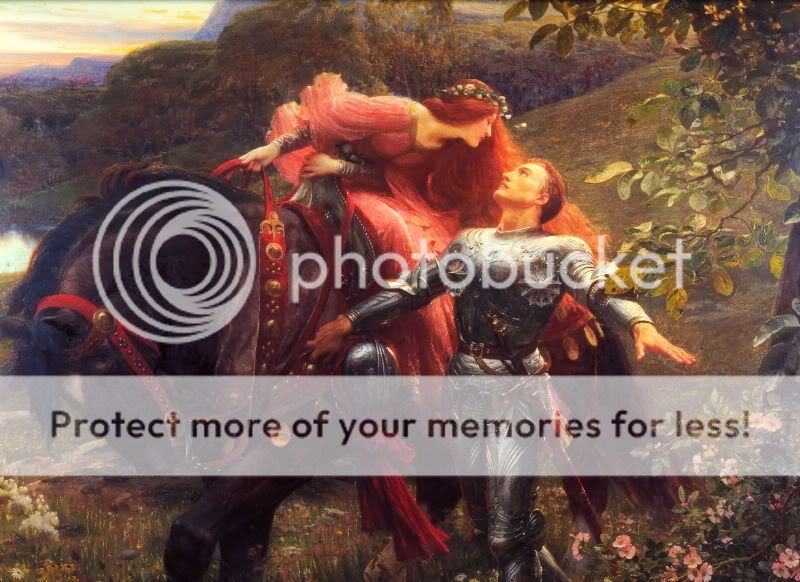agni
Dagobah Resident
Hi girls & guys !
Thank you all for the thoughts on this.
[quote author=Jerry]Dissociation generally means a temporary forgetting of oneself, as when engrossed in a movie, or daydreaming. Your description of how you associate with a warrior is more like an approach toward life, which seems to me different.
A warrior lives as one who may die at any time, so every moment becomes vitally important and not to be wasted. This could very well lead to consistently remembering oneself, thereby reducing dissociative behavior. [/quote]
Very well put Jerry. Very clear. I've already read The Myth of Sanity, but some things remained unclear to me. I've questioned my understanding of dissociation, got somewhat suspicious why do I require an image of warrior to do these things, instead of real me doing these things. Next question was "Real who", I was not able to answer that one.
After you guys & girls shared your understanding, it became more clear that such tools can be necessary.
[quote author=Gertrudes] I also think that associating yourself to a worrier and acting as one as you've described it, can be a useful tool for self growth and even self knowledge. I sometimes experiment associating myself and behaving like a certain character or personality type that I think can be useful to a particular situation. I find that by doing so, the exercise brings out parts in my that I wouldn't normally manifest. Parts that I would otherwise believe as non existent. They are still parts, and they are my parts, but how can we really know who "I" is if we don't acknowledge all the parts?
We grow attached to a certain personality and we believe that is who we are, whilst in reality, there is often a world of potential hiding underneath the surface.[/quote]
Gertrudes, that makes sense. It does sound like a tool for self discovery. It's like writing your own program on the machine, with a difference you are familiar with it's purpose. It's difficult to know or understand what hasn't been experienced. It helps to exercise the will as well. .
Emergence of the unseen parts did not cross my mind. Not surprised though, arrogance of machine assumes it's aware of all of the parts.
[quote author=Guardian]Wonder Woman has been my Shero for as long as I can remember, and my parents definitely encouraged the addiction...[/quote]
Consider yourself lucky. It could have been Hanna Montana or something ;)
Thank you all for the thoughts on this.
[quote author=Jerry]Dissociation generally means a temporary forgetting of oneself, as when engrossed in a movie, or daydreaming. Your description of how you associate with a warrior is more like an approach toward life, which seems to me different.
A warrior lives as one who may die at any time, so every moment becomes vitally important and not to be wasted. This could very well lead to consistently remembering oneself, thereby reducing dissociative behavior. [/quote]
Very well put Jerry. Very clear. I've already read The Myth of Sanity, but some things remained unclear to me. I've questioned my understanding of dissociation, got somewhat suspicious why do I require an image of warrior to do these things, instead of real me doing these things. Next question was "Real who", I was not able to answer that one.
After you guys & girls shared your understanding, it became more clear that such tools can be necessary.
[quote author=Gertrudes] I also think that associating yourself to a worrier and acting as one as you've described it, can be a useful tool for self growth and even self knowledge. I sometimes experiment associating myself and behaving like a certain character or personality type that I think can be useful to a particular situation. I find that by doing so, the exercise brings out parts in my that I wouldn't normally manifest. Parts that I would otherwise believe as non existent. They are still parts, and they are my parts, but how can we really know who "I" is if we don't acknowledge all the parts?
We grow attached to a certain personality and we believe that is who we are, whilst in reality, there is often a world of potential hiding underneath the surface.[/quote]
Gertrudes, that makes sense. It does sound like a tool for self discovery. It's like writing your own program on the machine, with a difference you are familiar with it's purpose. It's difficult to know or understand what hasn't been experienced. It helps to exercise the will as well. .
Emergence of the unseen parts did not cross my mind. Not surprised though, arrogance of machine assumes it's aware of all of the parts.
[quote author=Guardian]Wonder Woman has been my Shero for as long as I can remember, and my parents definitely encouraged the addiction...[/quote]
Consider yourself lucky. It could have been Hanna Montana or something ;)




